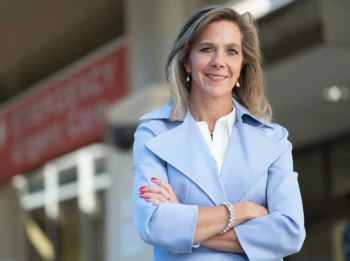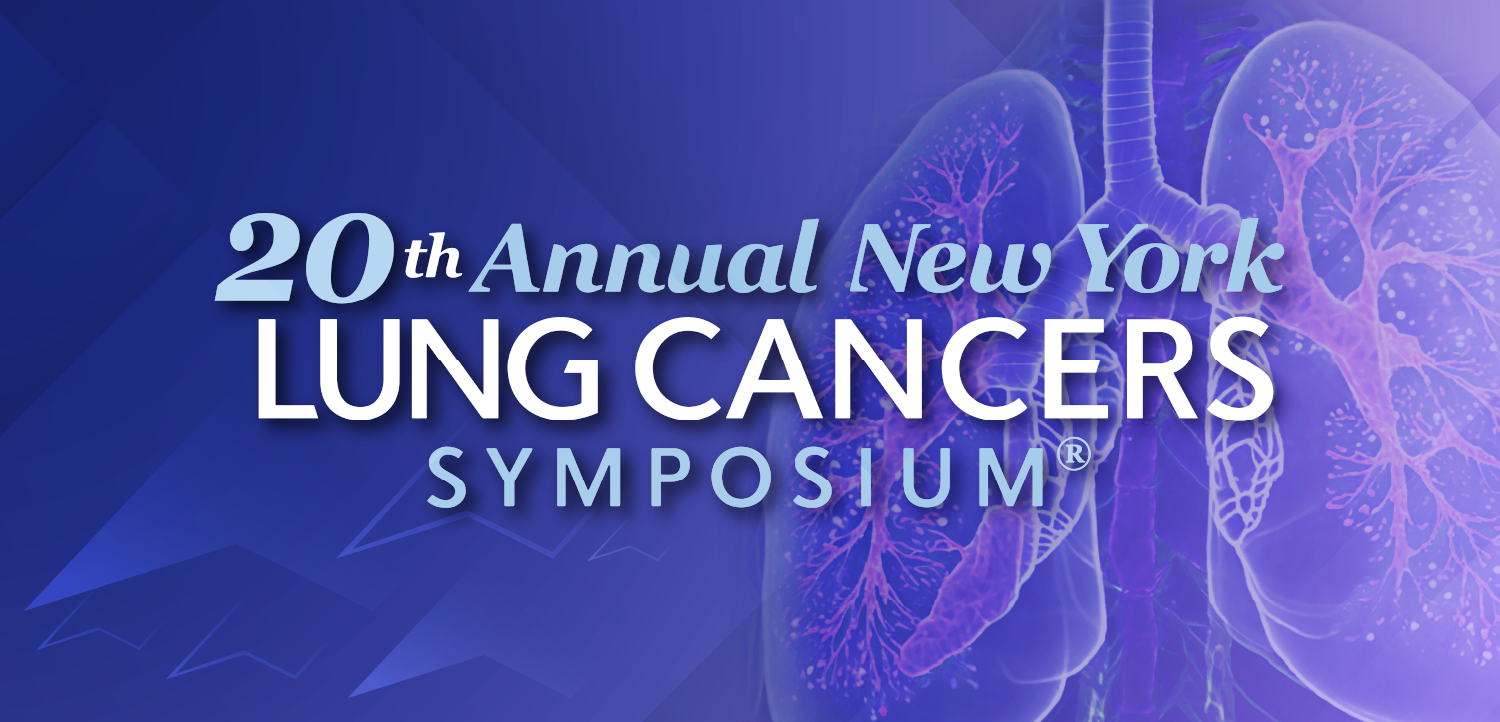
Leapfrog Group Fall 2025 hospital safety grades look at impact of consolidation
For the first time, the patient safety group is offering perspective on the performance of large health systems, in addition to individual hospitals. Leapfrog CEO Leah Binder talks with us about the change.
Twice a year, the Leapfrog Group releases report cards on how hospitals perform when it comes to patient safety, but its latest report goes in a new direction.
Now in its 25th year, the group released its
For the first time, the patient safety organization is now offering insights on how large health systems are faring. The report looks at how many “A”-rated hospitals are in systems like HCA Healthcare, CommonSpirit Health, and other big systems.
“We wanted to understand a little bit more about health systems and how they perform on patient safety because, because, really, the whole hospital industry has moved toward consolidation,” she says. “I mean, that's an obvious fact. We've seen it in the past decade, and it's certainly accelerated in the past five years. And so we were really interested to see, how do all these hospitals look within systems?”
"We just really want to understand how systems are accountable for elevating the performance of all of their hospitals," she says.
(See part of our conversation in this video. The story continues below.)
‘Lots of variation’
Most of the hospitals earning “A” grades were part of health systems. In fact, 94% of the hospitals getting an “A” belong to a health system. More than two-thirds (68%) of the nation’s hospitals are part of a health system, according to the American Hospital Association.
But some hospitals that belong to health systems aren’t earning high grades in the latest safety report.
“We found that actually quite a lot of the A-rated hospitals were in systems, but we also found lots of variation among systems,” Binder says. “
“So the numbers tell us lots of different stories,” she adds. “It's certainly not a story that says automatically, when you're in a system, you get an A. That is not the case.”
When seeing the variation in safety grades across health systems, Binder says, “We were a little bit surprised by what we found.”
“I think system leaders have the capacity to look at all of their hospitals and to recognize where the excellence is happening and try to translate that excellence to other hospitals,” Binder says. “It's right in front of them. They can see the hospitals that are doing a good job on any one of the measures that we look at.”
HCA Healthcare, the largest hospital system in America, saw 51 hospitals earn an “A”, and two-thirds of its hospitals received an A or a B. About one-third of its hospitals earned a C.
‘A call to action’
Some critics of hospital mergers have said they lead to higher costs for consumers and don’t always meet expectations of patient care.
Binder says the grades offer some insights on the performance of health systems, especially after they have acquired other hospitals and grown their footprint.
“We need to start to have expectations of health systems, as purchasers, as patients,” Binder says. “We need to be able to say to the systems, ‘OK, you've consolidated. You've assured us this consolidation is going to achieve great things for our community. Well, show us. Show us how your hospitals are doing on patient safety.’”
“I think we need to start to require that accountability from systems, as well as from individual hospitals,” Binder says.
Binder says she hopes the information on how systems are doing provides not only greater transparency, but spurs more attention to patient safety in the organizations.
“Systems have resources and opportunities that perhaps an individual hospital may not always have to gather together all of the experts and bring in the best practices and best knowledge about how to improve safety and really bring it to everyone, system-wide. So I think it's time for us to look to system leadership to see some of that happen,” she says.
Binder points to an area such as central line infections. If one hospital in a system has seen substantial progress in reducing those infections, the system’s leadership should take those lessons and apply them across the organization.
She says she hopes health systems leaders will look at best practices in highly rated hospitals and bring them to “hospitals that maybe don't have the optimal patient safety culture.”
“I think system leadership … can bring maybe some new energy and new innovation, too,” she says. “So I hope that system leaders will take this statement from Leapfrog as kind of a call to action. We want you to start thinking at system-level, as well as the hospital level, on what you can do to keep your patients safe.”
Binder also would love to see health systems setting a goal of getting an “A” in every hospital in the organization.
“That's certainly a goal that we welcome any hospital system to set,” she says. “Why not go for it? And you should be able to keep your patients safe.”
Independent hospitals, including safety net hospitals with lean budgets, have shown they can get an “A” in Leapfrog’s safety grades.
“We see lots and lots of hospitals that are safety net hospitals that don't have a lot of extra money hanging around … can still achieve an A,” Binder says.
“And the reason they get an A is because they bring forward a culture of safety, that they put their patients first all the time,” she adds. “The leadership walks around and ensures that they hold themselves accountable for washing their hands every time they need to, and just following the rules, the protocols that will maintain a safe environment.”

















































